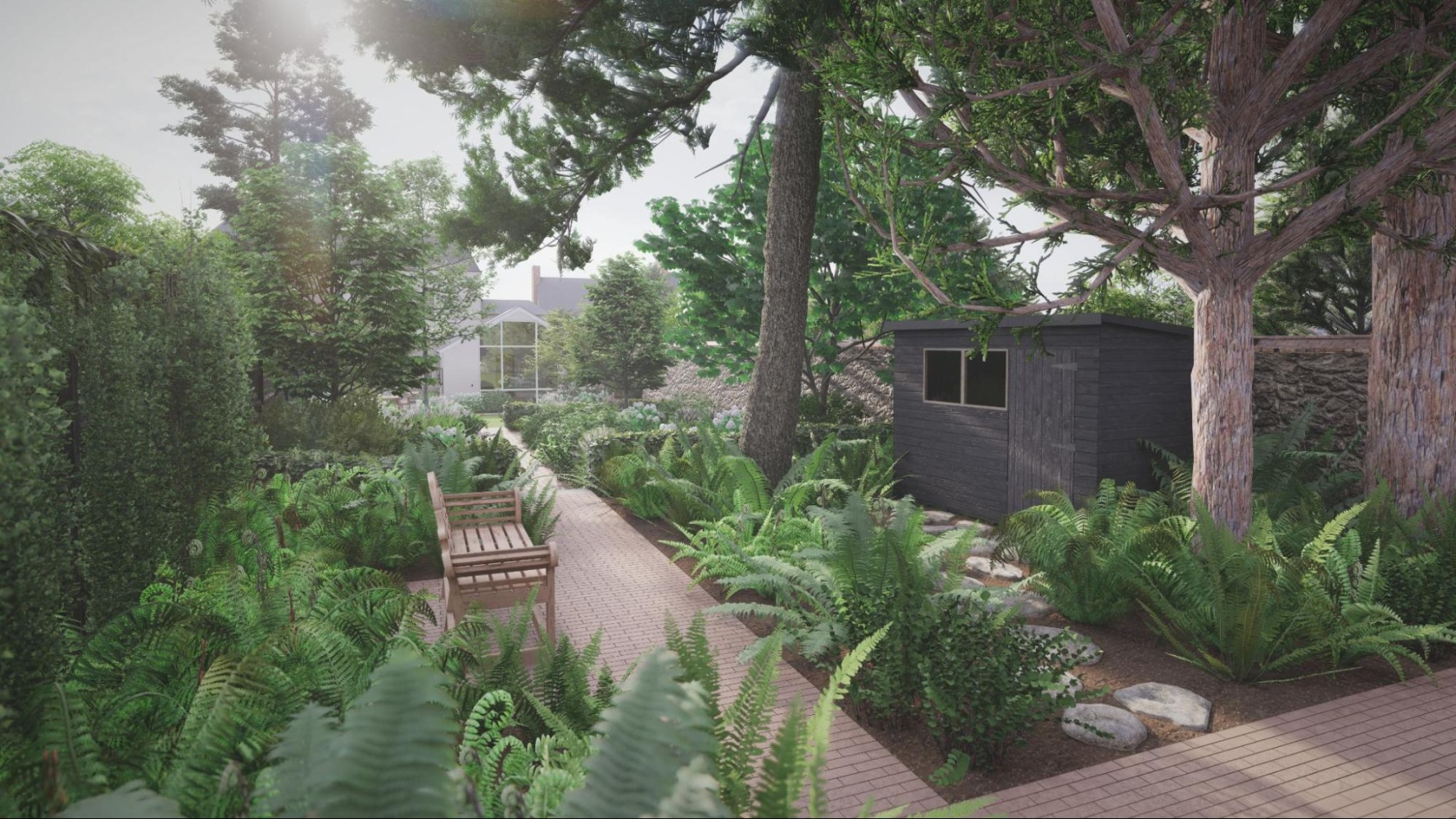
Creating a garden that exudes beauty while requiring minimal effort is a dream for many. Fortunately, with thoughtful planning and strategic choices, you can design a low maintenance garden that is both visually stunning and practical.
In this blog post, we will explore expert tips and key strategies for low maintenance garden design, ensuring that your outdoor space remains effortlessly beautiful year-round.
Plant fewer varieties of plants in larger groups or swaths for visual impact. Opt for native or drought-tolerant plants for minimal watering and maintenance.
Regularly mulch garden beds to suppress weed growth and conserve soil moisture. Choose organic mulch materials to enrich the soil as they break down.
Install a simple soaker hose system for precise and automated watering. Use timers to schedule irrigation, eliminating the need for manual watering.
Clean and seal hard landscape elements like stone pathways and patios to extend their life. Treat and oil wooden elements to protect them from weathering and decay.
Clean and oil wooden outdoor furniture for preservation. Wipe down metal or plastic furniture with a mild detergent and water for maintenance.

Incorporate evergreen plants for year-round interest and structure in the garden.
Group plants with similar water requirements to efficiently manage watering.
Opt for slow-release organic fertilizers to reduce the frequency of fertilizing.
Include self-sowing plants to allow natural propagation and reduce the need for replanting.

Use durable garden edging materials to prevent grass and weed encroachment.
Implement eco-friendly pest management strategies, such as companion planting.
Periodically inspect your garden for signs of issues like disease, pests, or soil compaction.
Use high-quality garden tools designed for efficiency and ease of use.
Consider how much time and effort you are realistically willing to put into gardening when designing your garden.
There is no one-size-fits-all approach to low maintenance garden design. Try different things and see what works best for you and your garden.
By incorporating these comprehensive tips into your low maintenance garden design, you can create an outdoor oasis that is not only visually pleasing but also requires minimal effort to maintain, allowing you to enjoy the serenity of your outdoor sanctuary with ease. But remember just like leaving your car out in the elements – no aesthetically pleasing and usable garden is no maintenance at all.